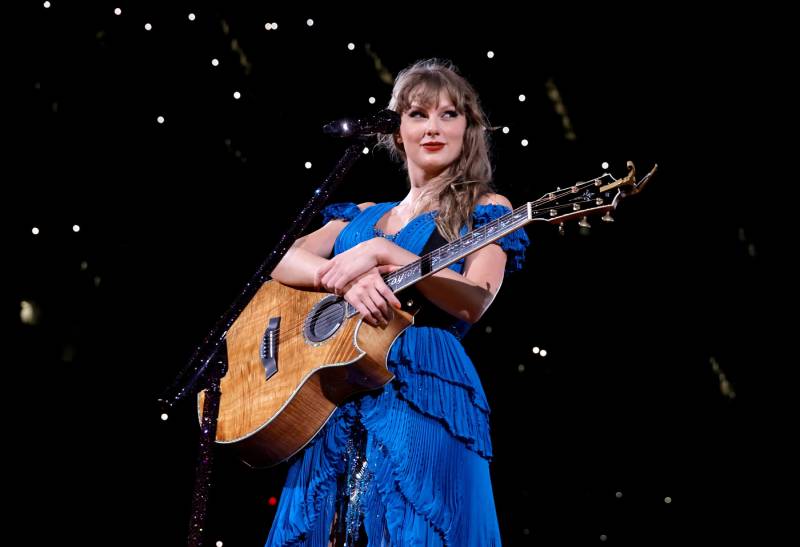According to projections based on her leading number of streams for the year provided by the giant of streaming services in its year-end “Wrapped” total, Taylor Swift will receive more than $100 million from Spotify in 2023.
With the 26.1 billion streams she collected from the year’s beginning, and assuming an average of $0.0035 cents each stream (a rough estimate, but a reasonable one), she would have made almost $91.35 million through November by herself (“Wrapped” ended late last month). In December, the amount would be closer to $130 million if the same figures were assumed.
Bad Bunny, the Weeknd, Drake, and Peso Pluma were among the other high earners. The Weeknd didn’t even put out an album in 2023, but his late-blooming 2016 song “Die for You” turned into one of his biggest hits. Though Bad Bunny and Peso Pluma are also affiliated to indie labels, it’s possible that their own takes are more similar to Swift’s than their streaming figures might suggest. The majority of these artists, if not all of them, own their masters.
Naturally, even if Spotify is the most popular streaming service globally, it is not the only one: According to Billboard, Swift may earn up to $200 million in revenue from streaming in 2023 alone.
Although these staggering numbers would imply that streaming pays musicians equally, that is hardly the case. Instead, the streaming model pays according to a song’s or artist’s overall share of global streams. That’s great if the musician in question is a Swift, Drake, or Beatles, who would command an in comparison large percentage of all global streams — but as one moves down the chain, that percentage drops dramatically, with much lower earnings (Wrapped only listed numbers for the aforementioned artists).
Together with the French streaming service Deezer, Universal and Warner Music Groups have been experimenting with a new, “artist-centric” payment model.



